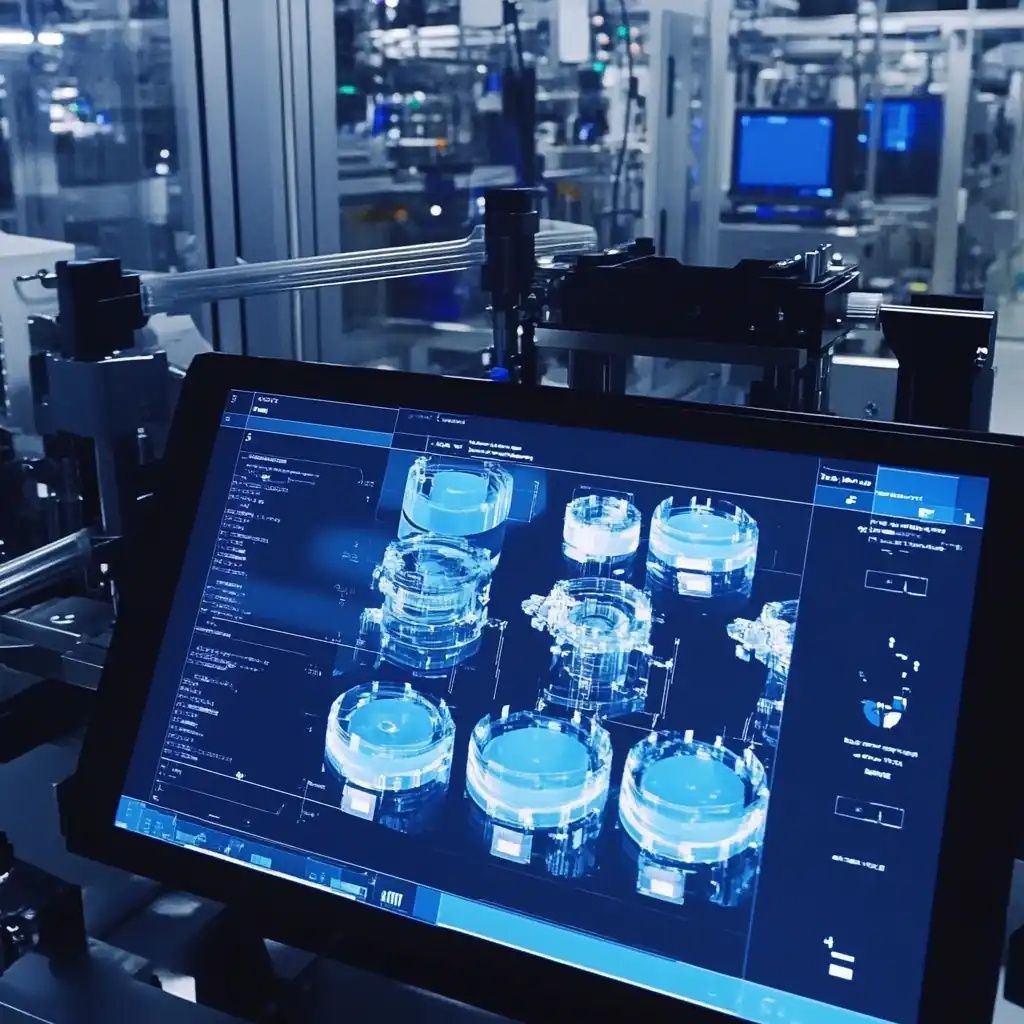Artificial Intelligence (AI) has rapidly become the backbone of automation — and AI Vision Systems are one of its most powerful applications. By combining machine learning with advanced imaging technologies, AI vision enables machines to “see,” “analyze,” and “make decisions” with human-like precision.
From automated manufacturing and healthcare imaging to autonomous vehicles and retail analytics, AI vision systems have reshaped the way industries perceive and process visual data. This blog provides an in-depth look into how these systems work, their components, benefits, and the impact they bring across different sectors.
What Are AI Vision Systems?
An AI vision system (also known as a computer vision or machine vision system) uses artificial intelligence algorithms and image sensors to capture and interpret visual information. Unlike traditional image processing, AI vision systems learn patterns and adapt to different environments — allowing them to perform tasks such as:
-
Detecting defects on production lines
-
Monitoring security in real time
-
Analyzing traffic flow
-
Guiding robots in warehouse automation
AI vision systems combine cameras, sensors, lighting, image processors, and AI algorithms to create a seamless environment for intelligent visual inspection and decision-making.
How AI Vision Systems Work
AI vision operates through a step-by-step process involving data capture, analysis, and output.
-
Image Acquisition: High-resolution cameras and sensors capture real-time visuals.
-
Preprocessing: The system cleans, sharpens, and filters images to highlight relevant details.
-
AI-Based Analysis: Machine learning models detect objects, patterns, or anomalies.
-
Decision-Making: Based on AI output, the system triggers an automated response — such as alerting a supervisor or adjusting a machine setting.
-
Continuous Learning: The model keeps improving through new data inputs, enhancing future accuracy.
This dynamic feedback loop is what makes AI vision far superior to rule-based computer vision systems.
Core Components of AI Vision Systems
| Component | Function |
|---|---|
| Camera and Sensors | Capture high-quality images or video for processing. |
| Lighting | Ensures consistent illumination for accurate detection. |
| Image Processing Unit | Converts raw visual data into usable digital information. |
| AI Algorithms | Detect, classify, and analyze objects, shapes, or patterns. |
| Software Interface | Displays analysis results and integrates with automation systems. |
Applications of AI Vision Systems
AI vision is a cross-industry technology that delivers measurable value in terms of accuracy, productivity, and safety.
1. Manufacturing and Quality Control
AI vision ensures precision in product assembly, inspection, and packaging.
-
Detects micro-defects invisible to the human eye
-
Verifies product labels and barcodes
-
Automates sorting and packaging
2. Healthcare and Medical Imaging
AI vision aids in diagnosing diseases and interpreting scans.
-
Detects early signs of cancer from X-rays and MRIs
-
Analyzes surgical footage for training and review
-
Enables robotic-assisted surgeries with precision
3. Automotive and Transportation
AI vision powers autonomous vehicles and ADAS (Advanced Driver Assistance Systems).
-
Object and pedestrian detection
-
Traffic signal recognition
-
Real-time lane departure warnings
4. Agriculture and Food Processing
Machine vision identifies crop health, detects contaminants, and automates sorting.
-
Monitors ripeness and color uniformity
-
Detects foreign objects in packaged foods
5. Retail and Logistics
AI vision systems are increasingly used for smart stores and warehouse automation.
-
Monitors shelf inventory in real time
-
Tracks product movements and customer behavior
-
Enhances automated order fulfillment systems
Benefits of AI Vision Systems
-
High Accuracy: Reduces human error and ensures consistent quality.
-
Cost Efficiency: Cuts down manual inspection and rework costs.
-
Real-Time Monitoring: Instant data capture and response for fast decisions.
-
Scalability: Easily adaptable to various production scales and industries.
-
Improved Safety: Detects hazardous conditions in manufacturing or logistics environments.
Recent Trends in AI Vision Technology
| Trend | Description |
|---|---|
| Edge AI Integration | AI processing directly on devices reduces latency. |
| 3D Vision Systems | Captures depth and dimension for more complex analysis. |
| Thermal and Multispectral Imaging | Expands applications to security, agriculture, and healthcare. |
| AI-Powered Predictive Maintenance | Detects wear or malfunction before breakdowns occur. |
| Low-Code Vision Platforms | Allows easy deployment of vision systems without deep coding knowledge. |
Challenges in AI Vision Implementation
-
Data Quality Issues: Poor lighting or blurry images can reduce model accuracy.
-
Training Complexity: Requires large datasets for machine learning models.
-
Integration with Legacy Systems: Compatibility issues in older factories or plants.
-
High Initial Investment: Setup costs for cameras and computing hardware.
-
Privacy and Ethics: Surveillance-based AI requires compliance with data protection laws.
Future Outlook of AI Vision Systems
As AI Vision Systems evolve, they will become more accessible, affordable, and intelligent. The integration of neural networks, edge computing, and 5G connectivity is set to redefine industrial automation.
By 2030, AI vision is expected to drive innovation in:
-
Smart manufacturing with predictive quality control
-
Healthcare diagnostics using real-time imaging AI
-
Retail automation for self-checkout and shelf analytics
-
Smart cities with advanced traffic and safety management
Ultimately, AI vision systems will not only boost efficiency but also redefine how industries see and respond to their surroundings.
Checklist: Key Considerations Before Adopting AI Vision
-
Define the objective (inspection, monitoring, or automation).
-
Assess the environmental conditions (lighting, motion, temperature).
-
Select the right camera resolution and lens for the application.
-
Ensure proper data labeling and model training.
-
Plan for integration with existing automation systems.
-
Schedule routine system calibration and AI updates.
Conclusion
AI Vision Systems are transforming the boundaries between human perception and machine intelligence. They bring precision, adaptability, and insight to every industry they touch — from factories and farms to hospitals and highways.
As industries continue to digitize, adopting intelligent vision technology will be essential for businesses seeking greater efficiency, accuracy, and innovation.